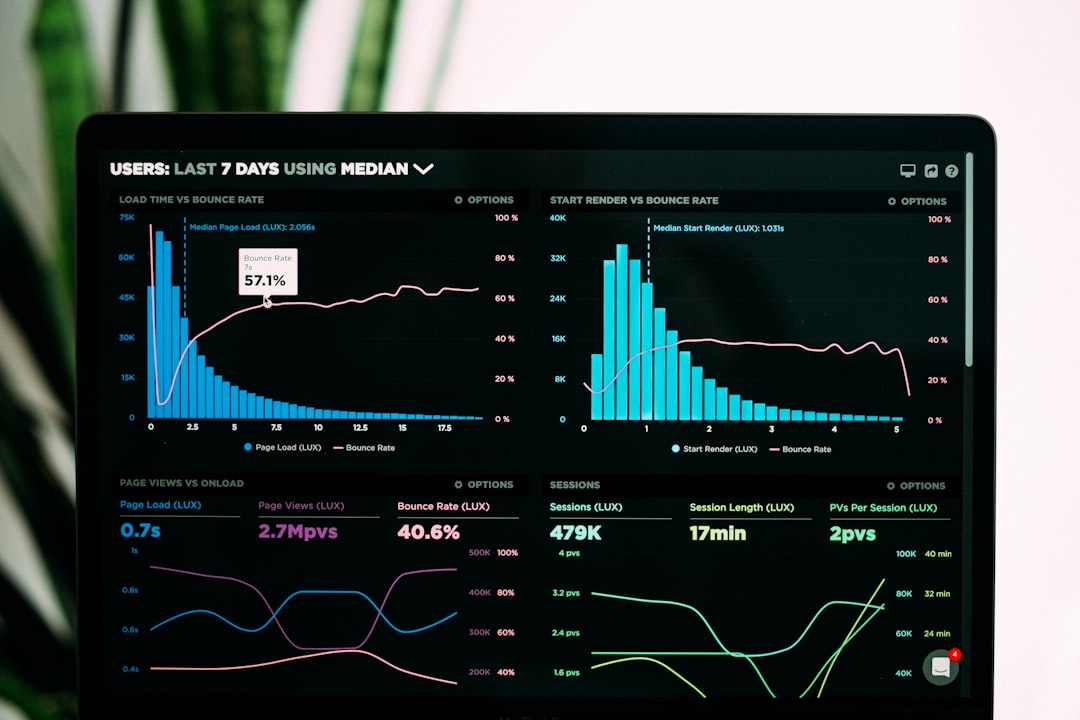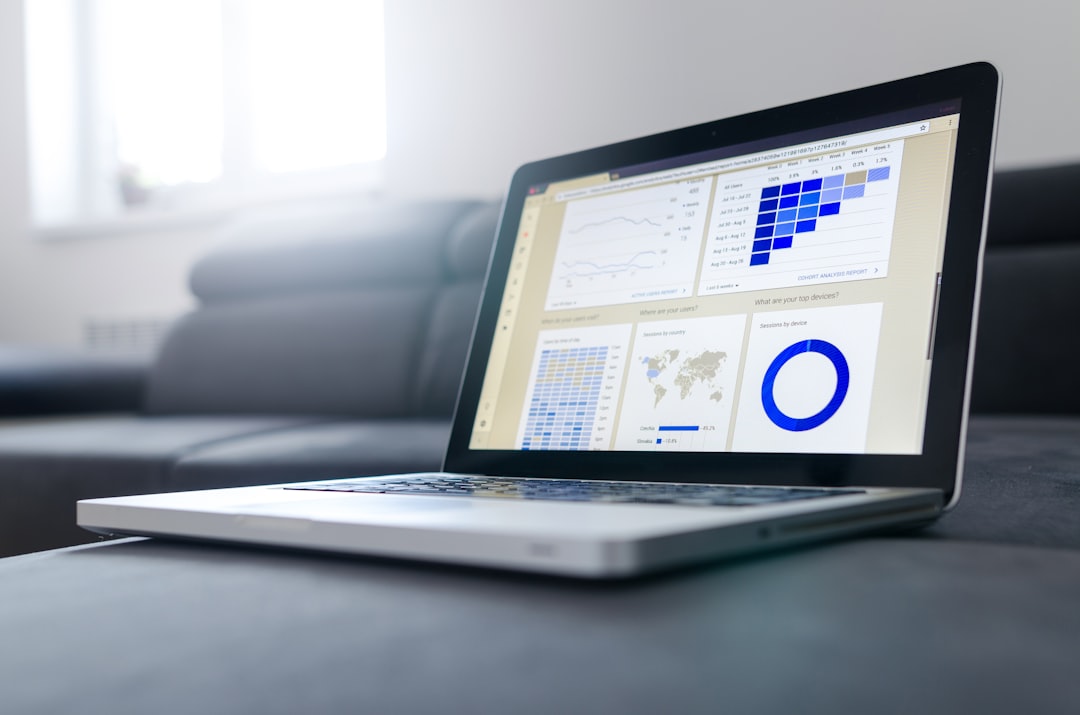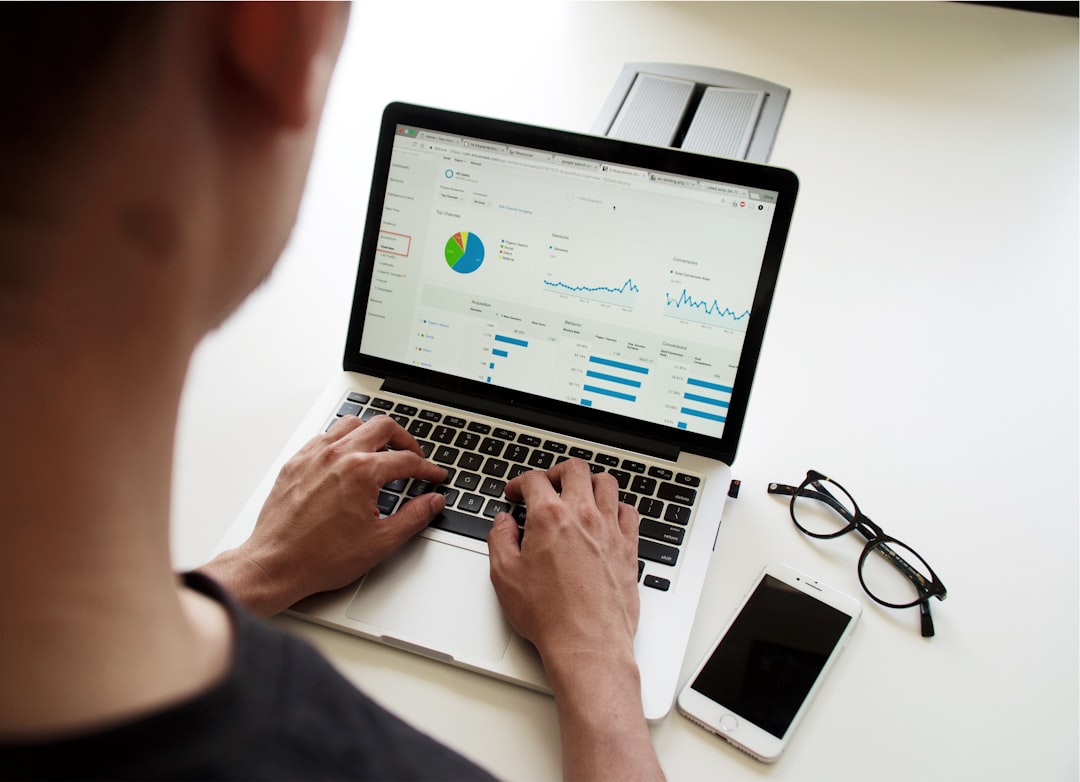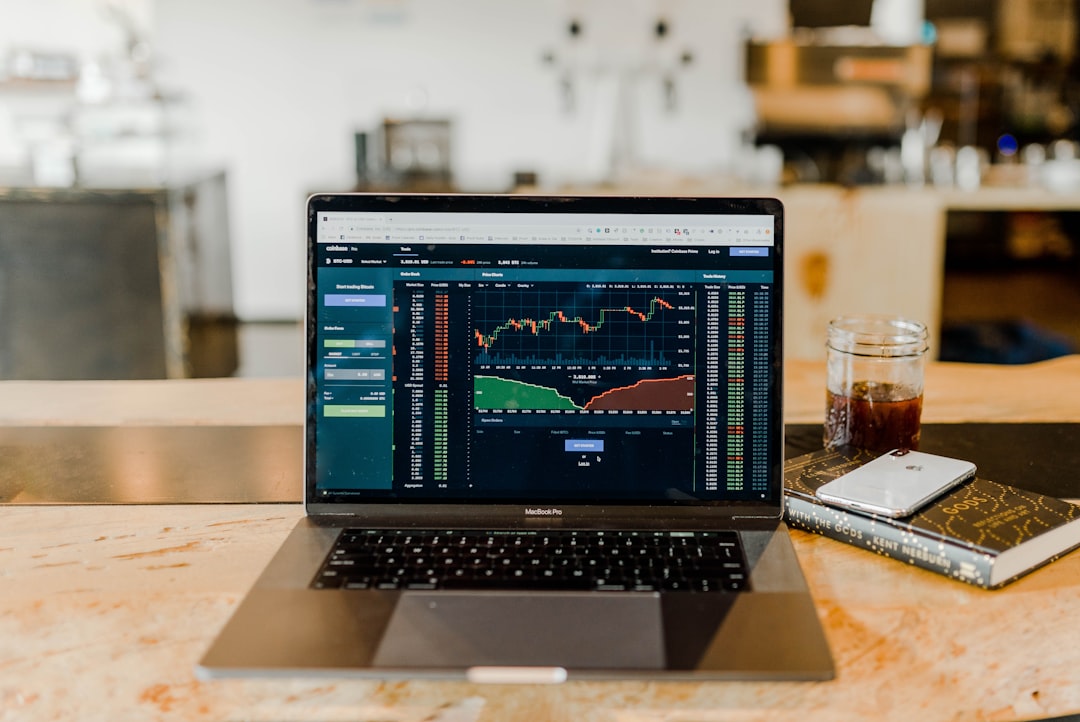
Understanding Economic Graphs and Charts: A Comprehensive Guide
# Introduction. Reading economic graphs and charts is a fundamental skill for anyone looking to analyze and understand trends in the economy. These visual representations of data can help individuals make informed decisions based on economic performance, forecasts, and critical data analysis. Whether you are a student, a business professional, or a curious individual, mastering the art of reading these visuals can enhance your understanding of economic principles and dynamics. # The Basics of Economic Graphs and Charts. Economic graphs and charts are tools that visually depict relationships between different economic variables. The most common types include line graphs, bar charts, pie charts, and scatter plots. Each type serves a unique purpose and displays data differently. Understanding the basics of each type helps in identifying trends quickly, which can provide insights into economic performance over time. Line graphs are often used to show trends over periods, such as GDP growth over the last decade, while bar charts can compare different categories like unemployment rates across states. Pie charts depict parts of a whole, such as the percentage of the national budget allocated to education versus healthcare. Scatter plots illustrate correlations between two variables, for instance, income levels against education attainment. # Understanding Axes and Scales. One of the first steps to reading graphs effectively is understanding the axes and scales used. The x-axis (horizontal) typically represents the independent variable, while the y-axis (vertical) represents the dependent variable. For instance, in a graph showing inflation rates over a decade, the x-axis would usually denote the years, and the y-axis would represent the inflation rate percentage. It is essential to note the scale used on each axis. Some graphs may use a linear scale, while others utilize a logarithmic scale, which can significantly affect how the data appears. This understanding is crucial, especially when comparing various datasets or emphasizing differences in growth rates. # Interpreting Trends and Patterns. After familiarizing yourself with the axes, you can begin to interpret trends and patterns displayed in the graph or chart. Look for upward or downward trends, or points of sharp change. Continuous upward movement suggests growth, while downward movement indicates contraction. Identifying cyclical patterns can help in understanding economic cycles such as recessions and recoveries. Additionally, pay attention to anomalies or outliers that might distort the overall trend. For instance, a sudden spike in unemployment during a recession period can signify a significant economic event like a financial crisis. Recognizing these nuances will deepen your analytical skills and allow you to draw insightful conclusions from the data presented. # Using Color and Legends to Your Advantage. Many graphs and charts incorporate color codes or legends that indicate different data sets or segments. Understanding the meaning behind these colors is essential for proper analysis. For instance, in a bar chart comparing unemployment rates in different demographics, each demographic may be represented by a different color. Familiarizing yourself with the legend allows for a smoother and more accurate interpretation of data. Color also conveys emotional context. For instance, red often depicts negative data, such as losses or declines, whereas green is commonly associated with growth or positive changes. Being aware of these associations can add depth to your analysis and understanding. # Practical Applications of Reading Economic Graphs and Charts. The ability to read and understand economic graphs and charts is not just an academic exercise; it has practical applications in various fields. Business professionals use this skill to make strategic decisions, investors analyze graphs for market trends before making investments, and policymakers rely on economic visuals to shape policies that can stimulate growth and development. For students, mastering these skills can be crucial in passing economics-related courses or pursuing further education in business, finance, or economics. In everyday life, being educated about economic trends can help individuals make informed decisions regarding their finances, investments, and understanding broader economic narratives. # Conclusion. Learning to read economic graphs and charts is an invaluable skill that opens doors to better comprehension of economic conditions and trends. By understanding the different types of graphs, the significance of axes and scales, interpreting trends, utilizing legends, and recognizing practical applications, individuals can greatly enhance their analytical capabilities in economics. As you continue to hone your skills, you'll find that engaging with economic data becomes not only easier but also more insightful, ultimately aiding in informed decision-making. .







